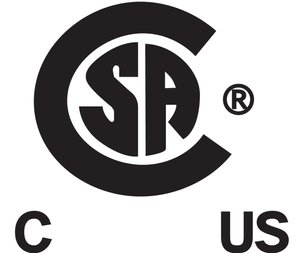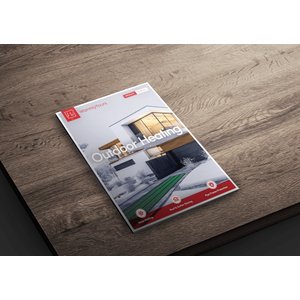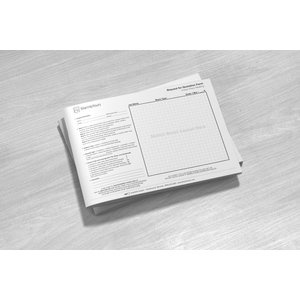Snow Melting Customer Reviews
Rated 4.9/5 based on 68 reviewsWe take pride in providing both exceptional service and great products. But don't just take our word for it, check out what some of our customers have had to say.
Excellent quality product. Installed for patio door threshold last summer. Used it a couple times last winter to make sure it worked, it did. I still shovel the stoop and the rest of the concrete, need the exercise anyway. But the heater is there if needed.
The mat was an easy install under pavers. The walkway was on North side of home and doesn't see much sun during the winter and was tough to keep clear without excessive salt. We set the walkway on a timer which works excellent when we need it. Thank you for a great, easy to use product!
Great product. It is easy to install and works great. The customer service as awesome and delivery was faster than ordering from a local dept store. I will buy more when the cabin is ready for flooring.
As a DIY, I really appreciated the snow melting cable because it is so heavily jacketted I had no trouble with damage, testing the cable before and after proved that it withstood whatever it had to during installation. I love that it has a built-in return connection; meaning the cable doesn't have to make the "run" back to the relay panel - this made the install so much easier.
 CSA Certified for Outdoor Use in Canada & the U.S.
CSA Certified for Outdoor Use in Canada & the U.S.
























